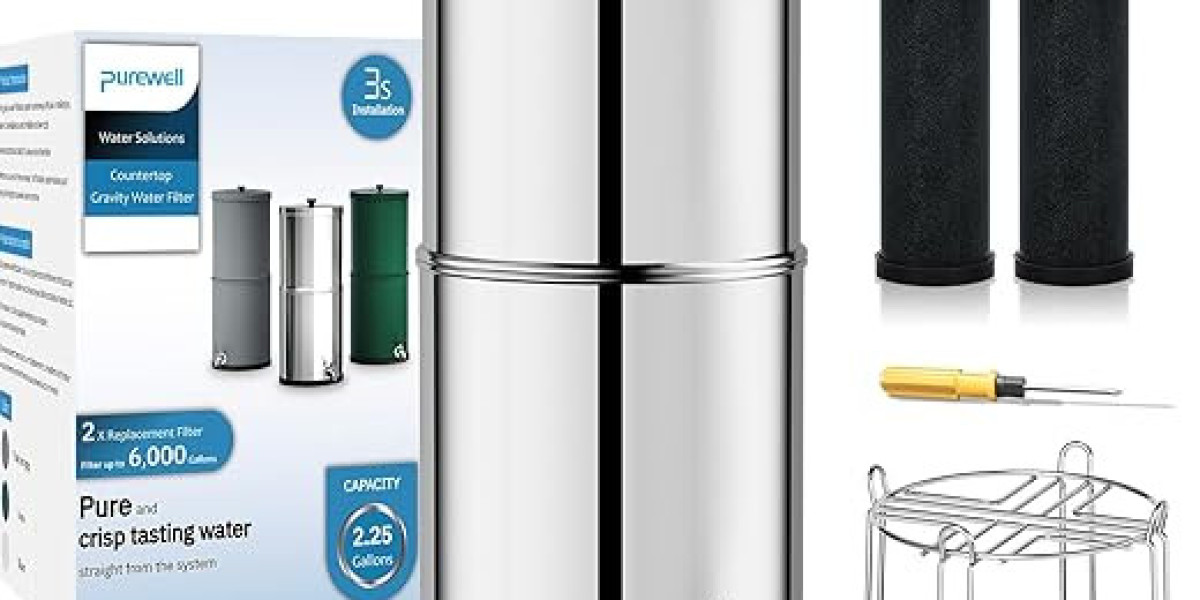The Rise of Built-in Ovens: Enhancing Modern Kitchens
In the ever-evolving world of home enhancement, built-in ovens have actually emerged as a staple in contemporary kitchen design. These appliances not just offer a streamlined and smooth visual however also contribute significantly to the functionality and efficiency of home cooking. This short article explores the various elements of built-in ovens, including their benefits, types, setup factors to consider, and upkeep, in addition to regularly asked concerns to provide a detailed introduction.
What is a Built-in Oven?
A built-in oven is a device developed to be set up into kitchen cabinets, offering it a structured appearance and maximizing counter space. Unlike standard freestanding ovens, which stand alone and are often large, built-in ovens fit flush with cabinets for a more integrated look. They are readily available in different sizes, designs, and features, dealing with a vast array of cooking needs and kitchen styles.
Benefits of Built-in Ovens
Built-in ovens featured various benefits that make them attractive to house owners. Below are some of the key benefits:
- Space Efficiency: Built-in ovens save counter area while optimizing kitchen layouts.
- Customizable Design: They can be integrated into cabinetry, allowing homeowners to tailor aesthetics according to personal taste.
- Enhanced Performance: Many AEG 6000 Built-In Electric Double Oven - Buy Now ovens come geared up with sophisticated cooking innovations, allowing for much better heat circulation and faster cooking times.
- Accessibility: Their setup at eye level makes it easier to inspect food without flexing down, supplying higher convenience and safety.
- Resale Value: A contemporary, well-designed kitchen can enhance home value, making Cookology FOD60SS 60cm Built-In Electric Oven ovens an investment worth thinking about.
Kinds Of Built-in Ovens
Built-in ovens can be categorized based on their style and function. The following list lays out the typical kinds of Bosch Series 8 Built-in Oven with Air Fry ovens offered on the market:
- Single Ovens: A standard model that includes one cooking compartment.
- Double Builtin Ovens: These included 2 different compartments, which allow for cooking several meals at different temperature levels.
- Wall Ovens: Installed into the wall for a space-saving option, these ovens provide convenience and availability and can be either single or double.
- Steam Ovens: These utilize steam for wet cooking and are often preferred for healthier meal preparation.
- Convection Ovens: Designed with a fan that circulates hot air, guaranteeing even cooking and browning.
| Type | Description | Perfect For |
|---|---|---|
| Single Oven | One cooking compartment for standard baking and roasting. | Little families and kitchen areas. |
| Double Oven | 2 compartments for simultaneous cooking of various dishes. | Large families with varied menus. |
| Wall Oven | Built into the wall for easy gain access to. | Space-conscious kitchens. |
| Steam Oven | Cooks utilizing steam for healthier options. | Health-conscious individuals. |
| Stove | Circulates hot air for even cooking and much faster outcomes. | Baking lovers and chefs. |
Installation Considerations
Picking to set up a built-in oven includes numerous factors to consider to make sure that it fits perfectly within the kitchen. Important aspects include:
- Cabinet Dimensions: Accurate measurement of the cabinet area needed for the oven is vital for an appropriate fit.
- Power Supply: Built-in ovens normally need a devoted power supply; seeking advice from a licensed electrical expert might be essential.
- Ventilation: Ensure that the oven's ventilation requirements are satisfied to promote safe operation.
- Local Building Codes: Compliance with regional codes is essential when installing any kitchen home appliance.
It's strongly suggested that setup be carried out by professionals to guarantee safety and adherence to producer specs.
Maintenance of Built-in Ovens
Maintaining built-in ovens is vital to guarantee their longevity and operation. Below are some tips for effective upkeep:
- Regular Cleaning: Wipe down surface areas after each usage to avoid build-up; consider self-cleaning choices if available.
- Inspect Seals: Inspect the oven door seals routinely for wear and tear to preserve performance and prevent heat loss.
- Calibrate Temperature: Occasionally check and change oven temperature level settings if cooking results are inconsistent.
- Professional Servicing: Schedule routine upkeep with certified specialists for electrical components and much deeper cleansing.
Regularly Asked Questions (FAQs)
Q1: How do I pick the best size built-in oven for my kitchen?
A1: Measure the available cabinet area and think about the cooking habits of your family. Single or double ovens prevail choices based upon meal preparation needs.
Q2: Are built-in ovens more energy-efficient than freestanding ones?
A2: Built-in ovens can be more energy-efficient due to better insulation and advanced cooking technology; however, real performance depends on the specific model and usage.
Q3: Can built-in ovens be installed throughout the kitchen?
A3: Bosch Serie 4 Built-in Oven with 3D Hotair ovens require specific cabinets and might require a dedicated power source, so planning their placement carefully within the kitchen layout is important.
Q4: What type of maintenance do built-in ovens need?
A4: Regular cleaning, checking door seals, calibrating temperature levels, and professional servicing as required are all parts of correct upkeep.
Built-in ovens are an exceptional addition to contemporary cooking areas, using both visual and useful advantages. Their space-saving design, personalized alternatives, and advanced functions cater to diverse cooking requirements. When thinking about a built-in oven, homeowners should take into account their particular culinary preferences, kitchen design, and maintenance capabilities. By doing so, they would be making a valuable investment in their home, increasing both functionality and design.




